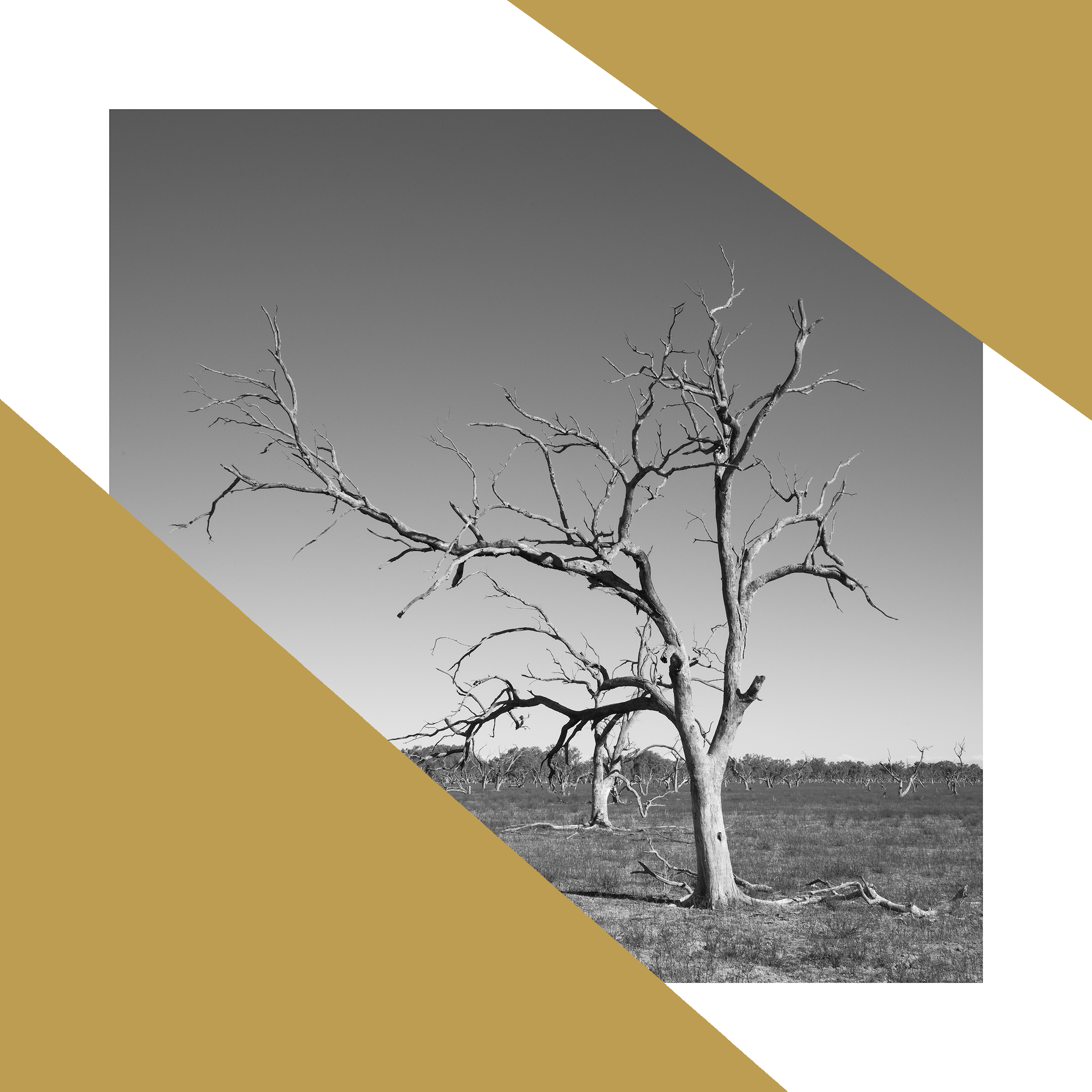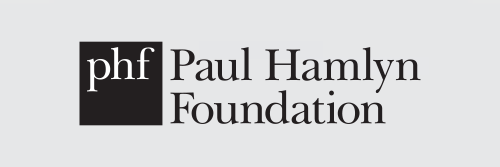Whose Land Is It?
8 July - 19 September 2021
The gallery is operating with distancing measures in place; please follow guidelines to help us keep you and all other users of the gallery space safe.
OPEN WEDNESDAY – SUNDAY 11-4. SEE DISTANCING GUIDELINES HERE
Whose Land Is It? brings together three Australian artists approaching the idea of the landscape and the elements of it which may have previously escaped our attention. The drying riverbeds directly linked to climate change and land misuse and mismanagement by James Tylor, the materials and tokens gathered during Atong Atem’s walks through her local area and the feminist reading of the landscape as interpreted by Amanda Williams all help in establishing more engaged ways of reading the land, and understanding the impact the landscape has on us. It is through these images that a sense of ownership or belonging can begin to form. Whose land is being photographed, how can we picture ourselves there, and who is the landscape for?

James Tylor’s Economics of Water in Gallery 1 presents photographs of the Murray-Darling basin in southeastern Australia, where resources and potential have disappeared through water mismanagement, industrialisation, and short-sighted decisions. Each photograph is overlaid with gold geometric shapes symbolising the former wealth of the land, its forgotten uses, and the dislocated relationship between humanity and knowledge of the water.
In Gallery 2, Atong Atem takes us on a journey through lockdown with Monstera Obliqua 2021 & Photo Weavings 2021. The layers found within and on the surface of the photographs are the traces of natural materials collected during these walks, acting as a map of the walk as they catalogue and present the topography and content of the local landscape. The woven nature of the work presents a tactile, physical way of connecting with the outside world.
In Gallery 3, Nichols Gorge Walk, Kosciuszko National Park, 2021 by Amanda Williams introduces a feminist reading to the landscape and cave structures seen in this series. Working with fogged paper and repeated prints, the images The images encourage a focus that is based less on conquering and overcoming the land, and is instead more reflective, collaborative and in synchrony with the natural elements, applying a feminist approach to landscape photography.
This exhibition invites our visitors to think about the role of visual culture and photography in helping us to question the images we hold and refer to when we think of the landscape, and what action can be taken to preserve and protect the land.
Open Eye Gallery acknowledges Aboriginal and Torres Strait Islander people as the Traditional Owners of lands and waters across Australia and recognises that Indigenous sovereignty has never been ceded.
Image: Economics of water #10 (Canal), 2018, James Tylor
The gallery is operating with distancing measures in place; please follow guidelines to help us keep you and all other users of the gallery space safe.
OPEN WEDNESDAY – SUNDAY 11-4. SEE DISTANCING GUIDELINES HERE
Whose Land Is It? brings together three Australian artists approaching the idea of the landscape and the elements of it which may have previously escaped our attention. The drying riverbeds directly linked to climate change and land misuse and mismanagement by James Tylor, the materials and tokens gathered during Atong Atem’s walks through her local area and the feminist reading of the landscape as interpreted by Amanda Williams all help in establishing more engaged ways of reading the land, and understanding the impact the landscape has on us. It is through these images that a sense of ownership or belonging can begin to form. Whose land is being photographed, how can we picture ourselves there, and who is the landscape for?

James Tylor’s Economics of Water in Gallery 1 presents photographs of the Murray-Darling basin in southeastern Australia, where resources and potential have disappeared through water mismanagement, industrialisation, and short-sighted decisions. Each photograph is overlaid with gold geometric shapes symbolising the former wealth of the land, its forgotten uses, and the dislocated relationship between humanity and knowledge of the water.
In Gallery 2, Atong Atem takes us on a journey through lockdown with Monstera Obliqua 2021 & Photo Weavings 2021. The layers found within and on the surface of the photographs are the traces of natural materials collected during these walks, acting as a map of the walk as they catalogue and present the topography and content of the local landscape. The woven nature of the work presents a tactile, physical way of connecting with the outside world.
In Gallery 3, Nichols Gorge Walk, Kosciuszko National Park, 2021 by Amanda Williams introduces a feminist reading to the landscape and cave structures seen in this series. Working with fogged paper and repeated prints, the images The images encourage a focus that is based less on conquering and overcoming the land, and is instead more reflective, collaborative and in synchrony with the natural elements, applying a feminist approach to landscape photography.
This exhibition invites our visitors to think about the role of visual culture and photography in helping us to question the images we hold and refer to when we think of the landscape, and what action can be taken to preserve and protect the land.
Open Eye Gallery acknowledges Aboriginal and Torres Strait Islander people as the Traditional Owners of lands and waters across Australia and recognises that Indigenous sovereignty has never been ceded.
Image: Economics of water #10 (Canal), 2018, James Tylor

